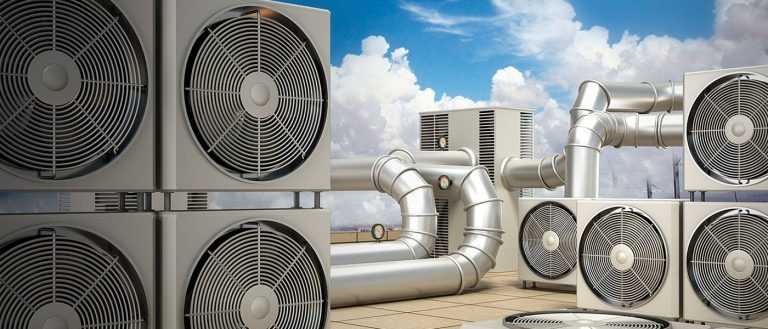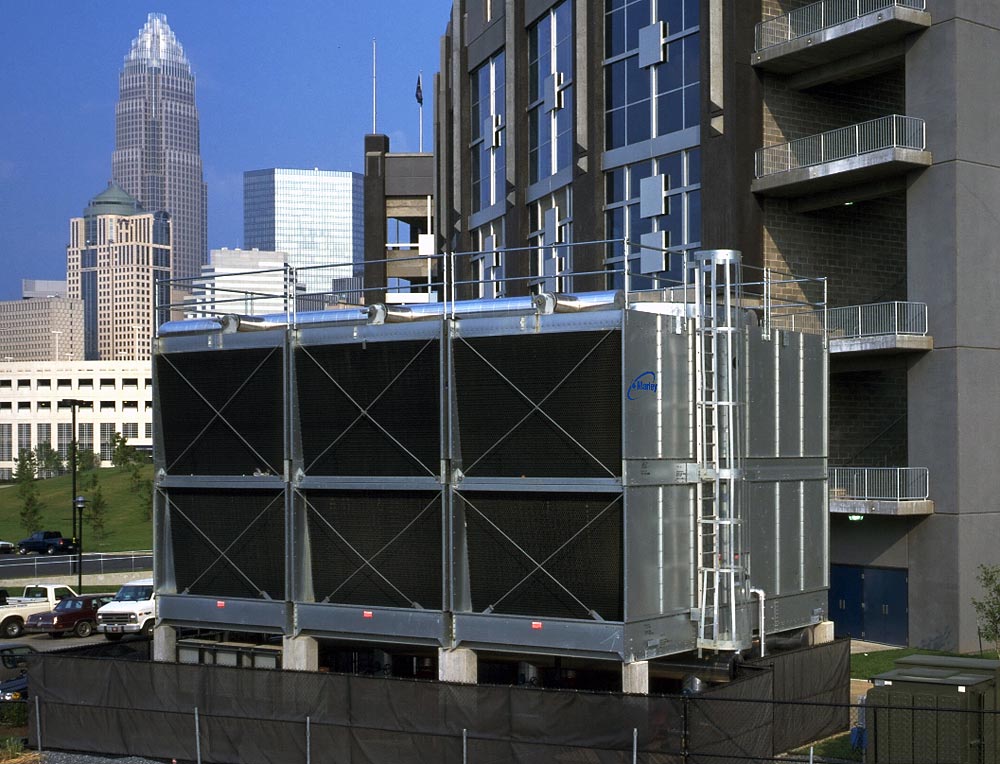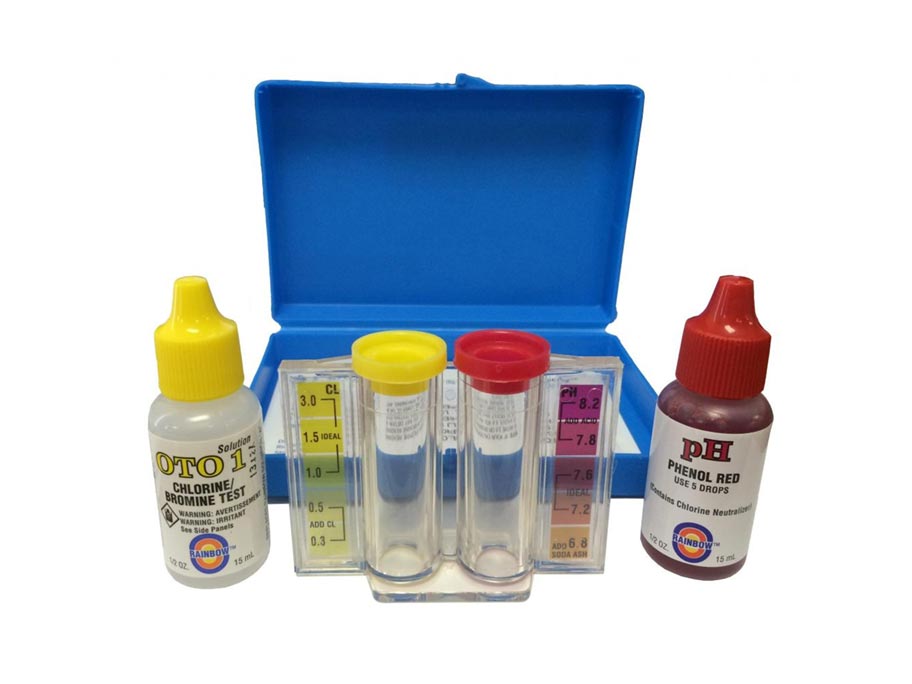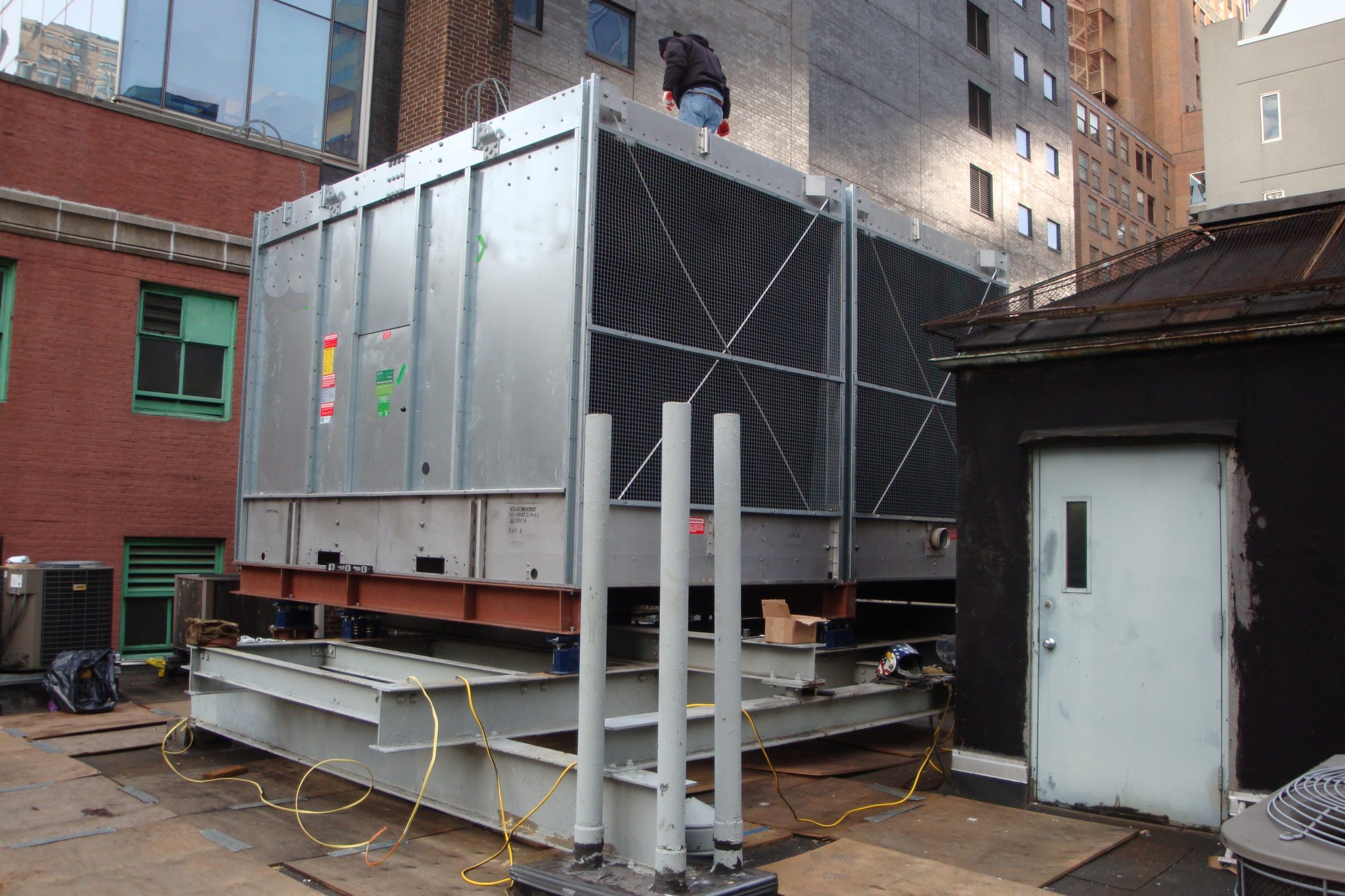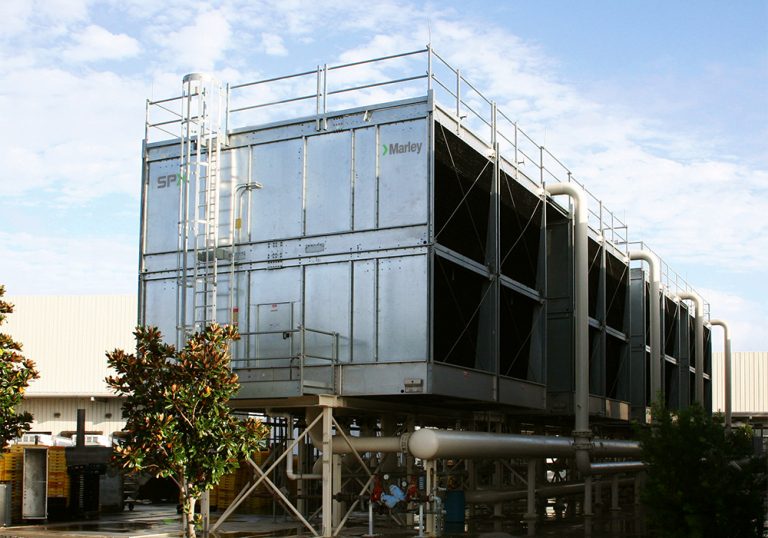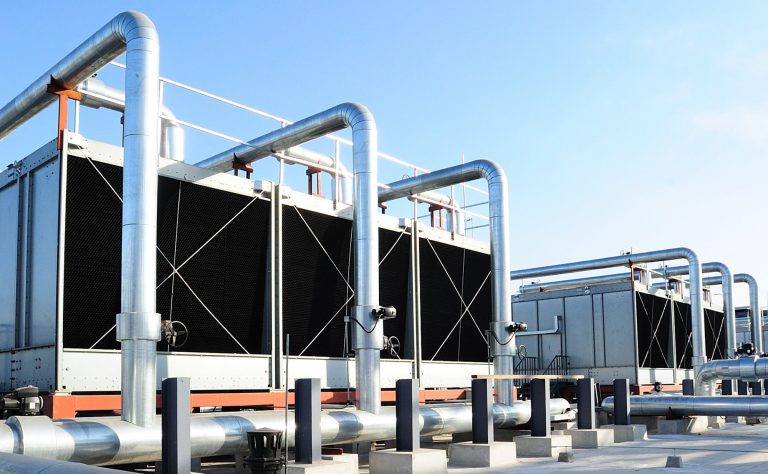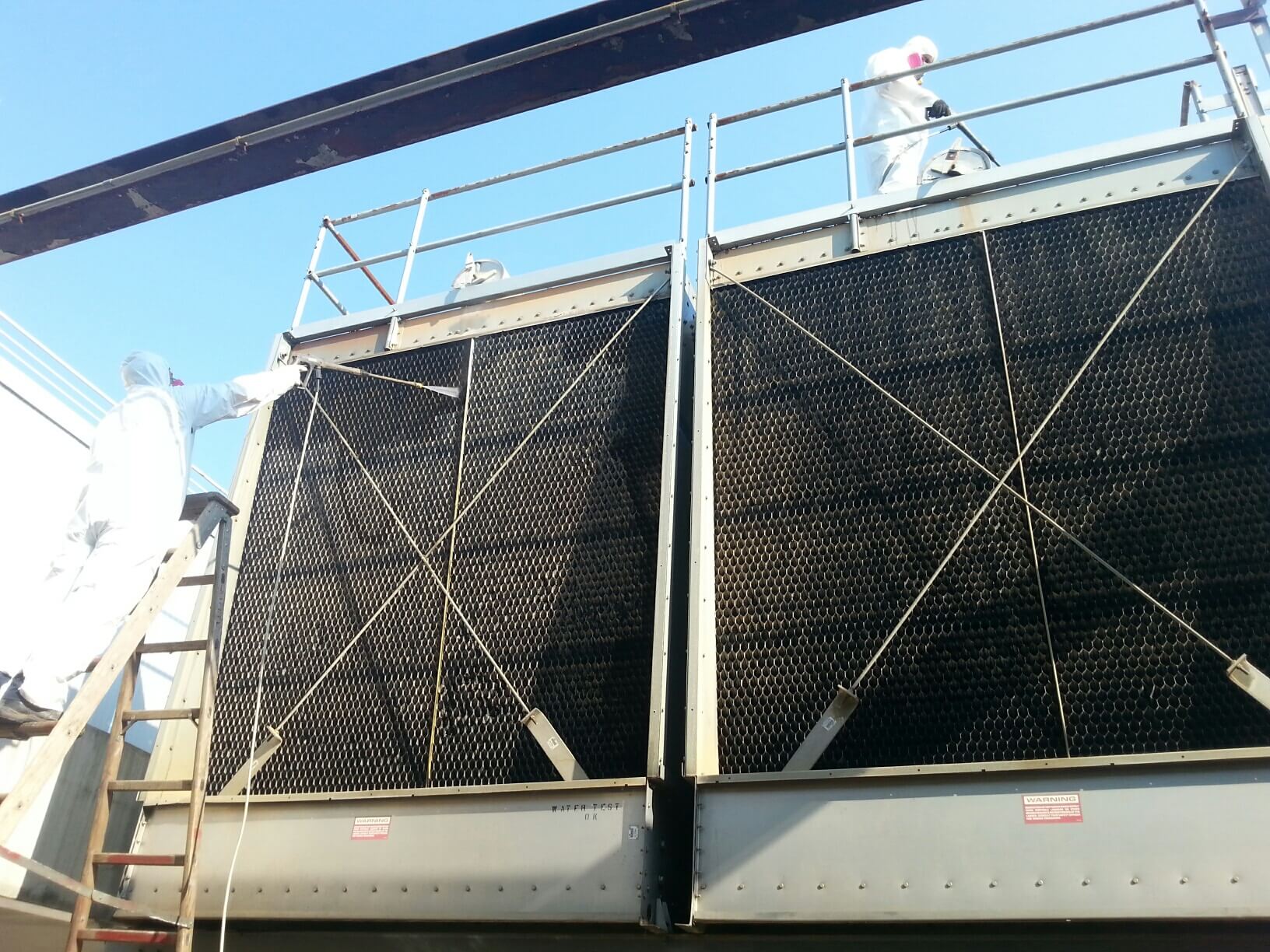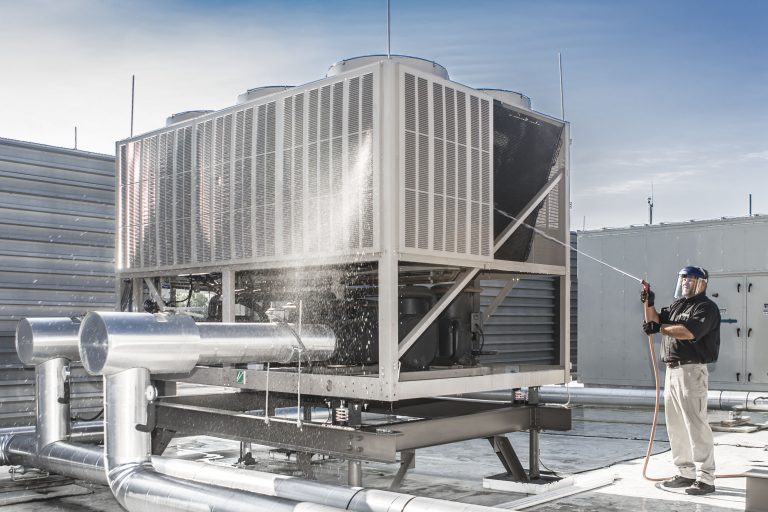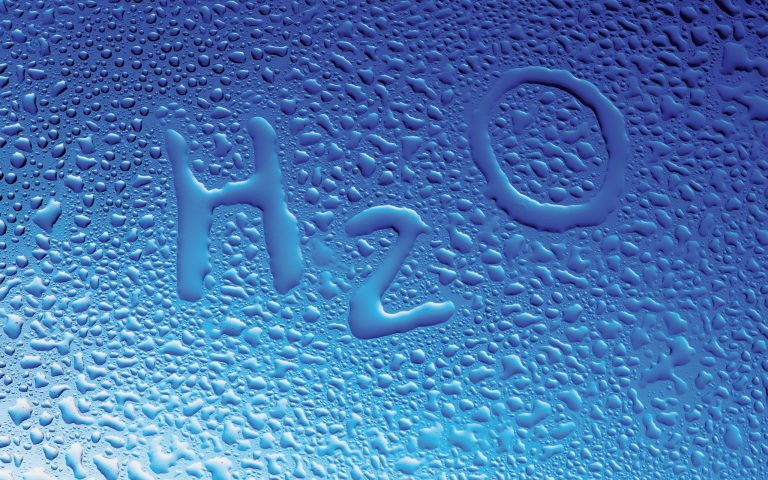
By Luke Wonnell If you’re like me then you remember learning in High School chemistry or pre-req college courses that water has 3 states: solid, liquid and gas right? Water becomes solid ice below 32⁰F, exists as a liquid between 33⁰F and 212⁰F and starts to boil off to a gas at 212⁰F. While these […]

